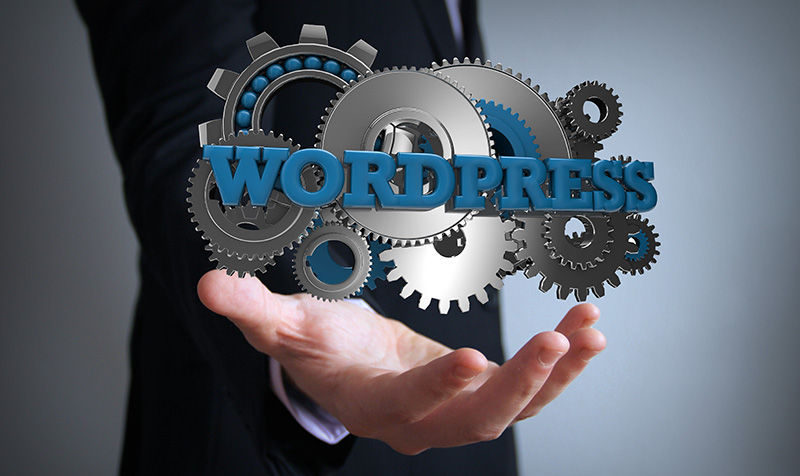If you are running your business website on WordPress, you should know that you are very much at risk from online attacks. There are about 18.5 million websites infected with malware at any given time. On average, 90,000 websites get hacked every day—and 83 percent of them are WordPress sites.
Adding WordPress security adds credibility to your brand. Having a secure website helps you gain trust among your clients, making them feel at ease in exploring and sharing their data with your site. But how should you make your WordPress site more secure? Here are some guidelines:
- Step 1: Make sure you are using an up-to-date WordPress version
- Step 2: Get a secure and reputable web host
- Step 3: Install a Secure Socket Layer (SSL) certificate
- Step 4: Use a Content Delivery Network (CDN)
- Step 5: Use reputable WordPress security plugins
It is easy to breeze through steps 1-4, but many get stumped on the last step. There are tens of thousands of available plugins for WordPress. How can you know which one is the most efficient for your website? Below is a list of the types of WordPress security plugins you should consider:
Firewall and Malware Scanning
A firewall protects your website by filtering malicious IP addresses, blocking them before they can access and do any damage to your website. A premium firewall uses a threat defense feed or threat lists which provides real-time updates on potential threats and monitors your traffic in real-time. On the other hand, malware scanning uses the same list or feed to alert you immediately if your security is compromised.
Spam Protection
This is an anti-spam plugin that helps identify and eliminate content spam, comment spam, registration spam, contact form spam, pingback spam, trackback spam, and any other type of WordPress spam. Most anti-spam plug-ins use cloud-based systems to evaluate comments. It works similar to a firewall to make sure that your commenters are human, and those human commenters aren’t spamming you.
Backup Data
No matter how much security measures you employ for your WordPress website, it won’t completely eliminate the risks. Even top companies with word-class security such as Facebook and Google get breached, so there is no 100 percent assurance. Having a backup offline is the best insurance. With your backup, you can quickly restore your website to a working state even if it gets hacked.
User and CMS Management
CMS management helps you monitor your files and review all major actions done by other users on your WordPress site. This way, you will immediately know if a malicious user account publishes a bunch of dubious content on your site. Meanwhile, user management plugins help you monitor user activities such as password change and manage permissions of each user.
Admin Stealth
Among the most common attacks used in WordPress are password-related attacks to breach admin accounts. In 2017, a single organization initiated a “massive distributed brute force attack” hitting WordPress sites. The attacks involved more than 10,000 IPs with 190,000 WordPress sites targeted per hour. Admin Stealth plugins are used to guard against brute force, cross-site scripting and SQL injection attacks. It helps you change and hide your WordPress admin and login pages, and redirect attackers to a 404 page.
Login Protection
As mentioned before, password-related attacks are common on WordPress. If you are relying on passwords alone—which can be easily phished or guessed to secure your logins, it is like leaving your front doors to the thieves with a rusted lock. There are a lot of security features that can be added to your WordPress. Some of the most common login protection plugins involve the following:
- CAPTCHA- This helps stall the bots during the login process by running a type of challenge-response test to determine if the user is human.
- Two-factor Authentication- With 2FA, the user needs to provide a second set of authentication detail aside from the password, it can be a one-time passcode sent to the user via email or SMS.
- Login Lockdown- This feature locks your website login and notifies the owner when there are continuous failed login attempts. It helps protect against brute force attacks.
- Idle Logout- Sets a time limit for idle users, after which they would get logged out automatically. This is a safety feature for those who are used to leaving the wp-admin panel of their sites opened.
TraitWare WordPress Security Plugins
You will sleep better at night if you are using TraitWare for WordPress. TraitWare’s WordPress security plugin helps you gain control of your WordPress login. Replace your login credentials with a passwordless, MFA inherent and SSO login system which uses your mobile device as physical authentication keys.
